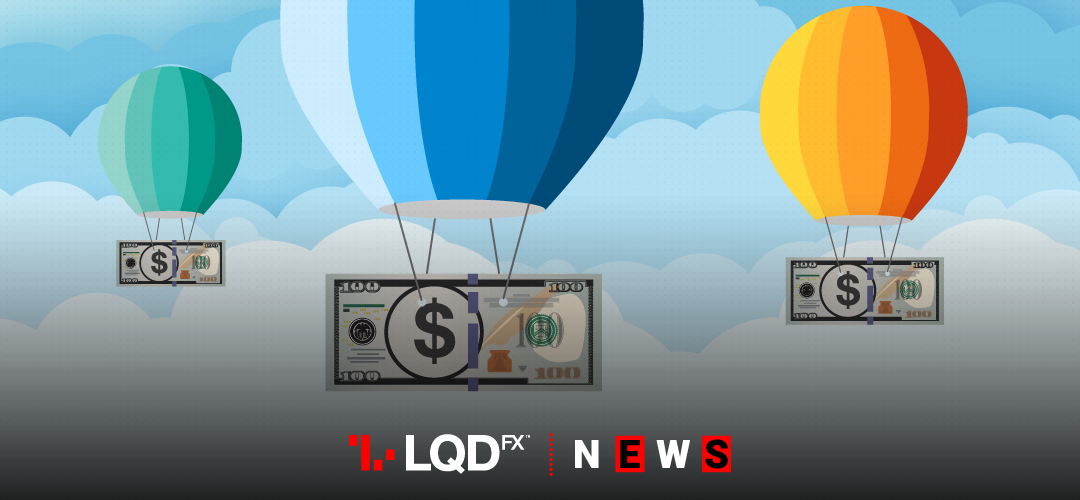Fourth month of gains for the dollar which edged towards a one-week high as US-China trade tensions led traders to seek shelter.
U.S. money markets are pricing in roughly two interest rate cuts by January 2020. The bond yield curve inverted further overnight, signalling rising recessionary risks for the world’s biggest economy. However, demand for dollars shows no sign of abating. Yield inversion is often interpreted as an indicator of recession.
Expectations for U.S. interest rates have taken a U-turn since the end of 2018. Bond markets were betting on at least two more rate increases, before trade tensions hit global markets.
Against a basket of other currencies, the dollar was stronger at 98.22. With gains more pronounced against such other currencies the euro and the pound, the dollar was on track to rise for a fourth month.
Risk appetite was low despite some gains in European stocks, with bond yields sending recession warnings. A Citibank report said long dollar positions remained significant in the currency market despite some recent unwinding.
START TRADINGForex – Fourth month of gains for dollar – up to one-week high
The dollar was steady at 109.59 yen, about 0.5% above the 109.02 yen it touched on May 13. This was its lowest in more than three months. Analysts said the yen, a safe haven backed by Japan’s status as the world’s biggest creditor nation, remained relatively weak. One of the reasons for that is the domestic demand for dollars.
Sterling held near a four-month low against the dollar and the euro on Thursday. Investors remained side-lined amid the contest to succeed Prime Minister Theresa May. Against the dollar, the pound was broadly steady at $1.2629, not far away from a four-month low of $1.2605 hit last week. Versus the euro, the pound was at 88.15 pence. On a monthly basis, the pound was on track for its biggest monthly drop since June 2018.
Oil prices fell on Thursday on fears of a global economic slowdown due to a U.S.-China trade war. However, losses were capped by a tightening crude market and rising political tensions in the Middle East. Brent crude futures, the international benchmark for oil prices, were at $69.03 per barrel at 1325 GMT, down 42 cents. WTI crude futures were up 23 cents, or 0.4%, at $59.04 a barrel, supported by expectations of a fall in U.S. crude inventories.
PLEASE NOTE The information above is not investment advice.
Sources: Reuters, Investing, CNN money
